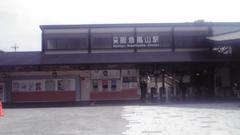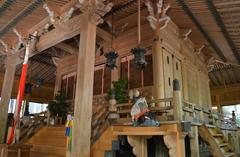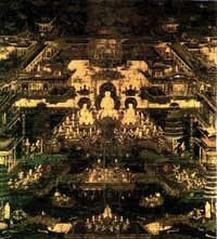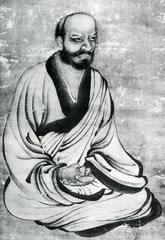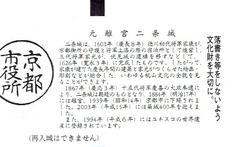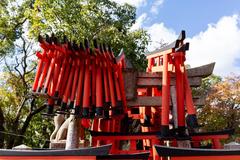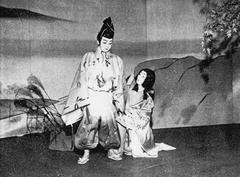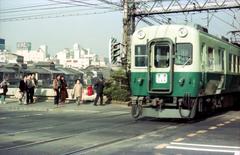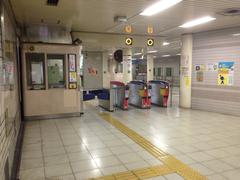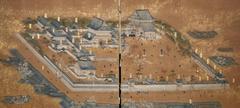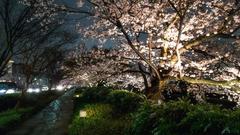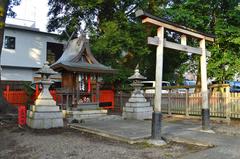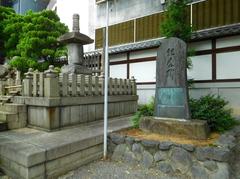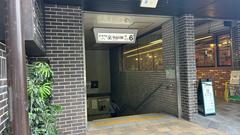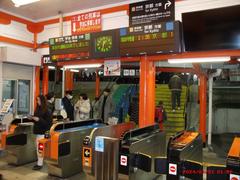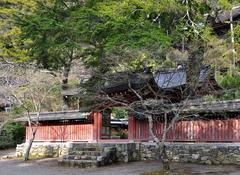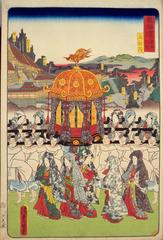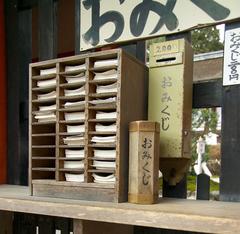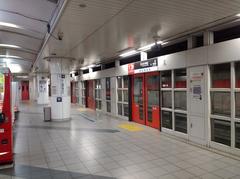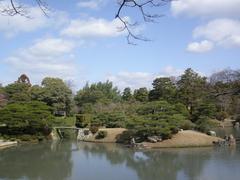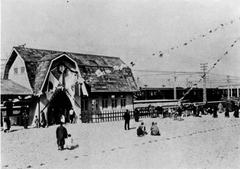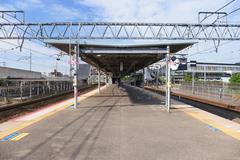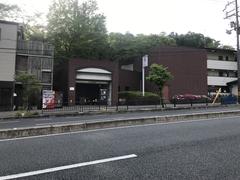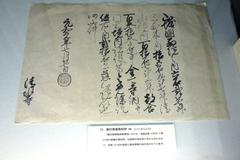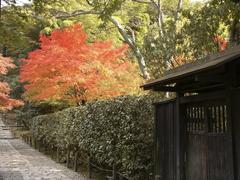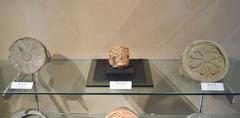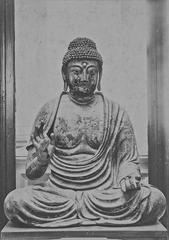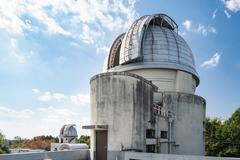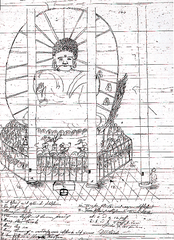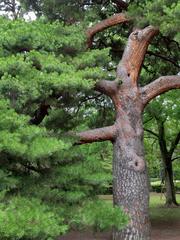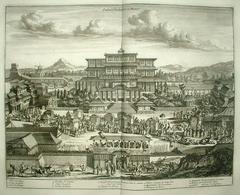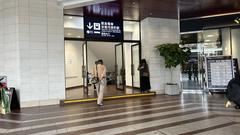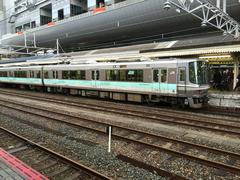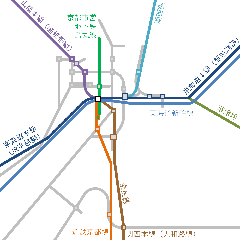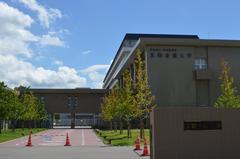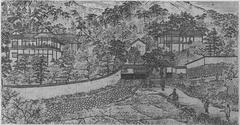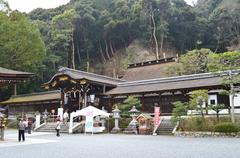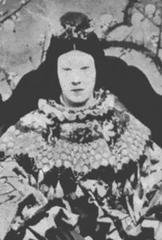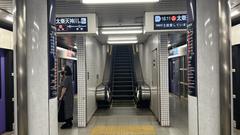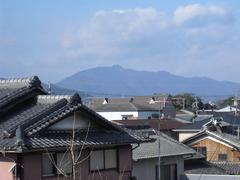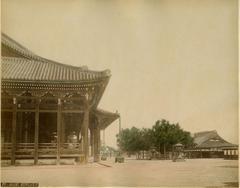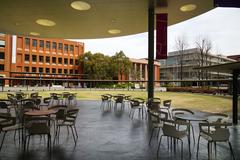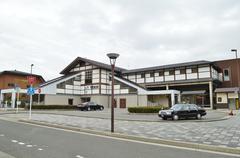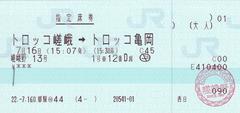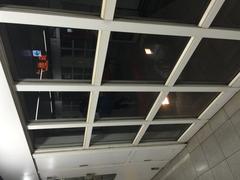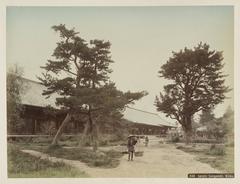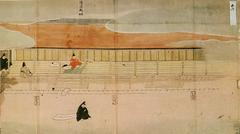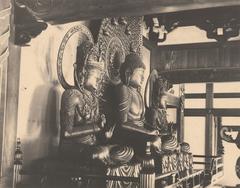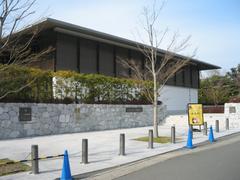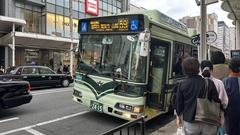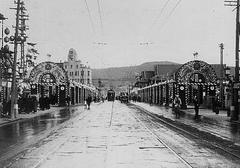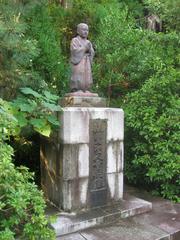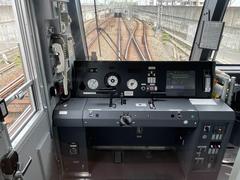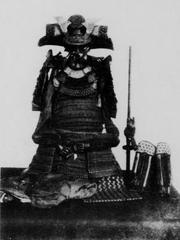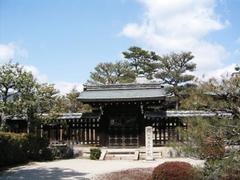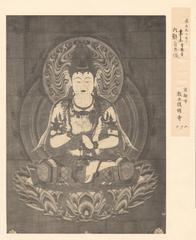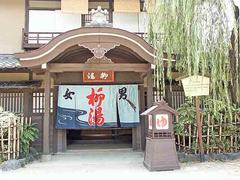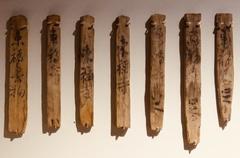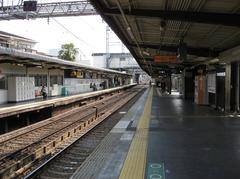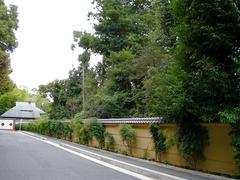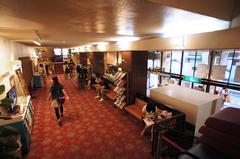Fujinomori Station Kyoto: Visiting Hours, Tickets, and Tourist Guide
Date: 04/07/2025
Introduction to Fujinomori Station and Its Significance in Kyoto
Fujinomori Station, located in Kyoto’s culturally vibrant Fushimi Ward, is a major access point for the city’s southern historical and spiritual attractions. Operated by JR West (Nara Line) and Keihan Electric Railway (Keihan Main Line), the station delivers seamless connectivity to ancient sites, including the venerated Fujinomori Shrine. This Shinto sanctuary, founded in AD 266 and dedicated to Susanoo-no-mikoto—the god of victory and storms—offers a deep connection to Kyoto’s spiritual past and hosts colorful festivals that attract pilgrims and tourists alike (jpmanual.com; en.wikivoyage.org).
Beyond the shrine, visitors can discover the Fushimi district’s historic sake breweries, scenic canals, and landmarks such as Fushimi Inari Taisha and Tofukuji Temple. This guide provides essential details on station and shrine visiting hours, ticketing, accessibility, station layout, transportation links, and tips for experiencing local events like the Ajisai Matsuri (Hydrangea Festival) each June. Whether you’re seeking spiritual insight, seasonal beauty, or a taste of Kyoto’s history, Fujinomori Station and Shrine offer an accessible, rewarding destination (magical-trip.com; discoverkyoto.com; klook.com; japaninsides.com).
Historical Background and Cultural Significance
Origins and Development
The area around Fujinomori Station has long been a spiritual and agricultural center. Fujinomori Shrine, founded in the third century, is one of Kyoto’s oldest Shinto sites, with legendary ties to Empress Jingu and military victories during the Yayoi period (jpmanual.com). The introduction of railways in the 20th century transformed the region, making pilgrimage and festival attendance far more accessible and integrating ancient traditions within a modern city context.
Fujinomori Shrine: A Landmark of Victory
Dedicated to Susanoo-no-mikoto, the shrine is a place of prayer for success in competitions and perseverance. Its traditional architecture, torii gates, and gardens are celebrated for their seasonal displays of hydrangeas and cherry blossoms, offering tranquil beauty and spiritual solace (evendo.com).
Ajisai Matsuri (Hydrangea Festival): A Seasonal Highlight
Every June, Fujinomori Shrine hosts the Ajisai Matsuri, celebrating over 3,500 hydrangea bushes in bloom (discoverkyoto.com; japaninsides.com). The festival features Shinto rituals, traditional music and dance, taiko drumming, tea ceremonies, kemari (kickball) demonstrations, and poetry readings. The hydrangeas symbolize the fleeting beauty of the rainy season, making this event especially photogenic and culturally meaningful.
Visitor Information: Hours, Tickets, Accessibility & Travel Tips
Station and Shrine Visiting Hours
- Fujinomori Station: Open daily from approximately 5:00 AM to midnight (check train timetables for specifics).
- Fujinomori Shrine: Open daily 6:00 AM–5:00 PM, with minor seasonal variations. Admission is free; certain festival events may have ticketed entry.
Accessibility
Both the station and shrine offer barrier-free access, with elevators, ramps, and paved walkways. Some garden areas may be uneven, so comfortable footwear is advised.
Travel Tips
- Use an IC card (ICOCA, PiTaPa, etc.) for convenient travel.
- Visit in June for the Hydrangea Festival or in spring for cherry blossoms.
- Keihan Sumizome Station, nearby, provides additional transit options.
- Early mornings are best for a peaceful experience and ideal photography.
Station Layout, Facilities, and Accessibility
Platform and Ticket Gates
Fujinomori Station features two side platforms in a cutting below street level, with ticket gates and the main building above (Japanese Wiki). Both east and west entrances are equipped with elevators for accessibility.
Facilities
- Ticketing: Automated machines and IC card readers.
- Waiting Areas: Sheltered benches on platforms.
- Restrooms: Accessible facilities near ticket gates.
- Signage: Bilingual (Japanese/English) with real-time train information.
- Nearby Amenities: Convenience stores, supermarkets, local eateries, and educational institutions.
Accessibility Features
- Elevators and tactile paving for barrier-free navigation.
- Staff assistance available during operating hours.
- Emergency intercoms on platforms and near elevators.
Transportation and Connectivity
Rail and Bus Connections
- Keihan Main Line: Direct access to central Kyoto and Osaka; adjacent stations are Sumizome (north) and Fukakusa (south).
- JR Nara Line: Transfer at Tofukuji Station for Fushimi Inari Taisha and other destinations.
- Bus: No direct bus at the station, but Fukakusa bus stop is a five-minute walk and serves highway routes.
Bicycle and Car Access
- Bicycle parking is available nearby.
- Limited car parking; public transit is recommended due to space constraints.
Attractions Near Fujinomori Station
Fujinomori Shrine
A short walk from the station, the shrine is famed for its hydrangea garden and annual festivals (Klook).
Fushimi Inari Taisha
Just two stops north on the Keihan Line or a short walk, this iconic shrine features thousands of vermilion torii gates and hosts the Thousand Lantern Festival in October (magical-trip.com).
Fushimi Sake District
Accessible within 10–15 minutes by train or bicycle, Fushimi boasts historic breweries such as the Gekkeikan Okura Sake Museum and picturesque canals.
Tofukuji Temple
About a 15-minute walk or short train ride away, Tofukuji is a major Zen temple renowned for its gardens and the Aoba Festival in June (magical-trip.com).
Seasonal Events and Notable Annual Festivals
- Hydrangea Festival at Fujinomori Shrine (June): Over 3,500 bushes in bloom, with rituals and performances (discoverkyoto.com).
- Kakeuma Shinji Horseback Acrobatics (May 5): Traditional equestrian events.
- Gion Festival (July 1–31): Easily accessible via Keihan Line.
- Kyoto Antique Fair (June, October, December): Large antique market, accessible via Keihan Line and shuttle.
- Thousand Lantern Festival at Fushimi Inari (October): Hundreds of lanterns light the shrine’s iconic paths (magical-trip.com).
Practical Visitor Tips
- IC Cards: Prepaid cards such as ICOCA or PiTaPa are recommended for trains and buses.
- Luggage: No coin lockers at Fujinomori Station; use Kyoto Station for storage (Kyoto Station Facilities).
- Weather: June is rainy; bring an umbrella and waterproof footwear (Lonely Planet).
- Safety: The area is safe, with nearby police and emergency services (Fushimi Police Station Fukakusa Police Box).
- Dining: Try local sake, yudofu, and pickled vegetables in the Fushimi area.
Frequently Asked Questions (FAQ)
Q: What are Fujinomori Station’s operating hours?
A: Daily from approximately 5:00 AM to midnight.
Q: How do I buy tickets for Fujinomori Shrine events?
A: Shrine admission is free. Event tickets are available via official websites or local tourism offices.
Q: Is the area accessible for wheelchair users?
A: Both the station and shrine have barrier-free features, though some garden paths may be uneven.
Q: When is the best time to visit?
A: June for hydrangeas and spring for cherry blossoms.
Q: Are there guided tours?
A: Some tours are available during festivals; check local tourism resources.
Summary Table: Key Transportation Details
| Mode/Route | Time from Kyoto Station | Cost (approx.) | Notes |
|---|---|---|---|
| JR Nara Line + Keihan | 10–15 min | ¥210–¥260 | Transfer at Tofukuji; IC cards accepted |
| Taxi | 15–20 min | ¥1,500–¥2,000 | Direct, convenient for groups or luggage |
| City Bus | 25–35 min | ¥230 | Stops at “Fujinomori Shrine-mae” |
| Highway Bus (Fukakusa) | Varies | Varies | 5–10 min walk from Kyoto Fukakusa bus stop |
| Keihan Main Line (Osaka) | 45–55 min | ¥410–¥500 | Direct from Yodoyabashi/Kyobashi (Osaka) |
Visuals and Media
Alt text: Fujinomori Station entrance with ticket gates and signage Alt text: Hydrangea garden at Fujinomori Shrine near Fujinomori Station
Sources and Official Links for Further Information
- jpmanual.com
- Japanese Wiki
- en.wikivoyage.org
- magical-trip.com
- discoverkyoto.com
- japaninsides.com
- klook.com
- Kyoto Station Facilities
- Advantour
- Fushimi Police Station Fukakusa Police Box
Conclusion and Visitor Recommendations
Fujinomori Station exemplifies the harmony between Kyoto’s historical legacy and contemporary convenience, offering unmatched access to the Fushimi district’s heritage. With its barrier-free facilities, easy connections, and proximity to iconic sites like Fujinomori Shrine, Fushimi Inari Taisha, and Tofukuji Temple, the station is an ideal launchpad for exploring the city’s spiritual and seasonal highlights. Plan your visit around signature festivals such as the Ajisai Matsuri for an authentic, enriching Kyoto experience. For real-time updates, guided tour options, and curated travel tips, download the Audiala app and consult the official sources above.

